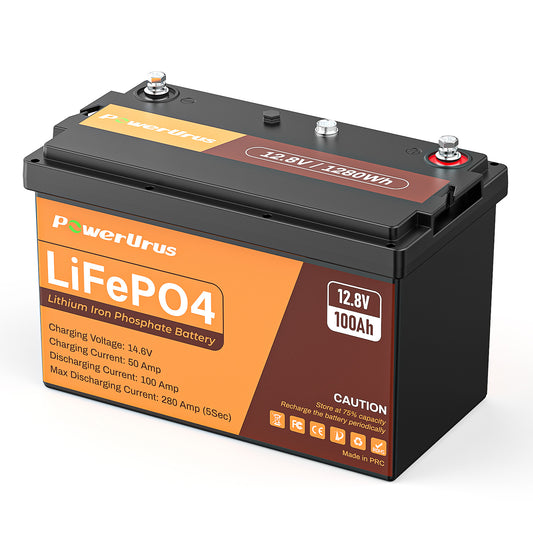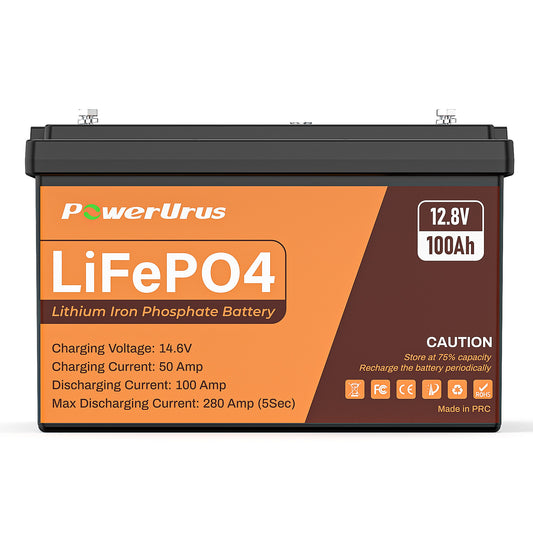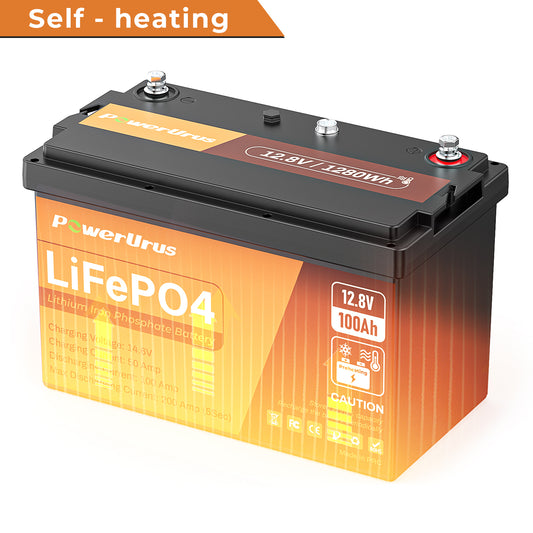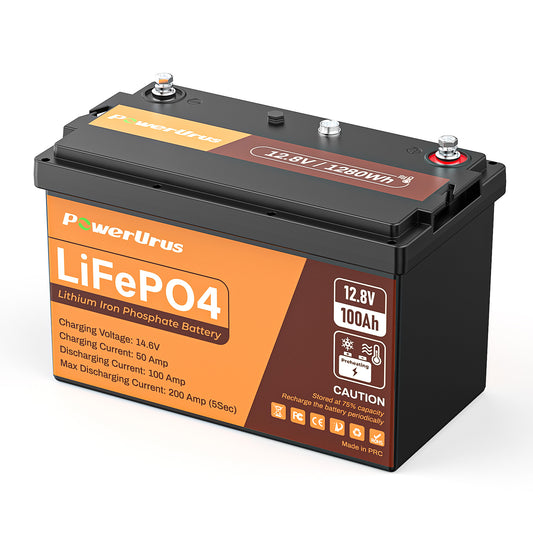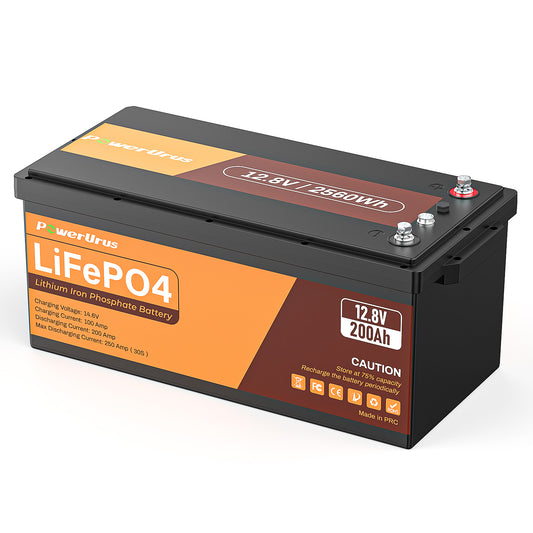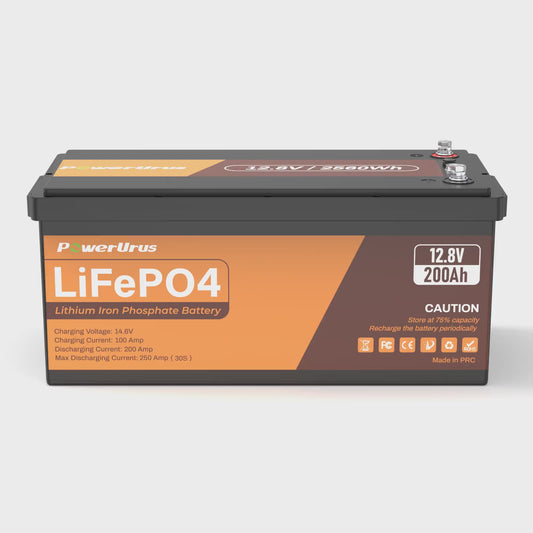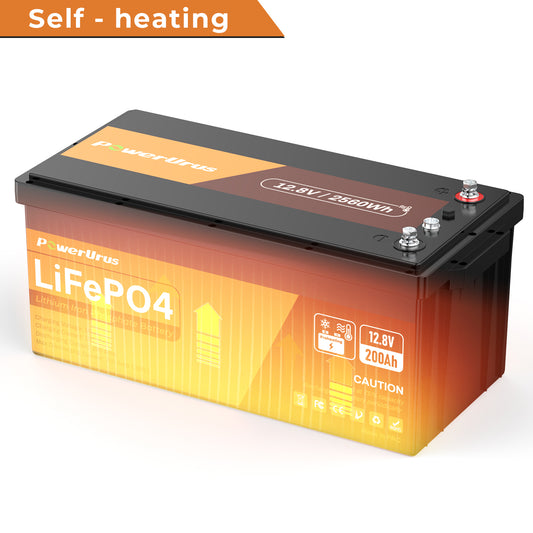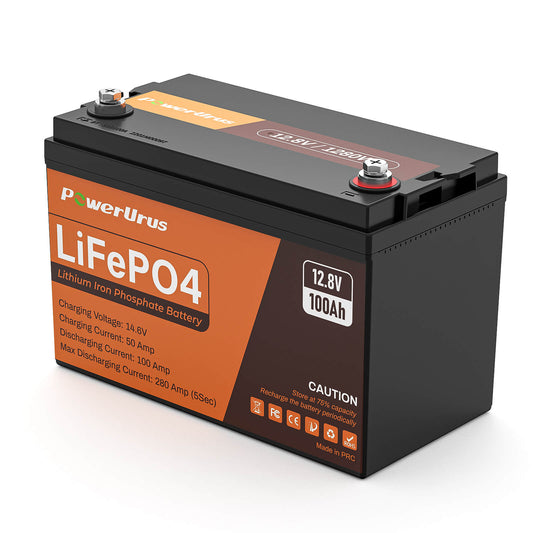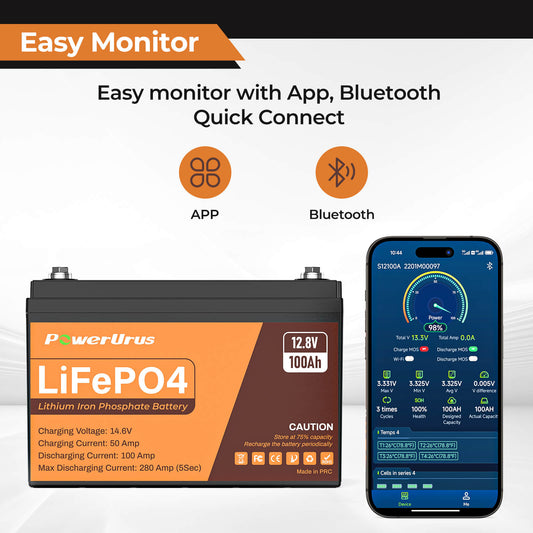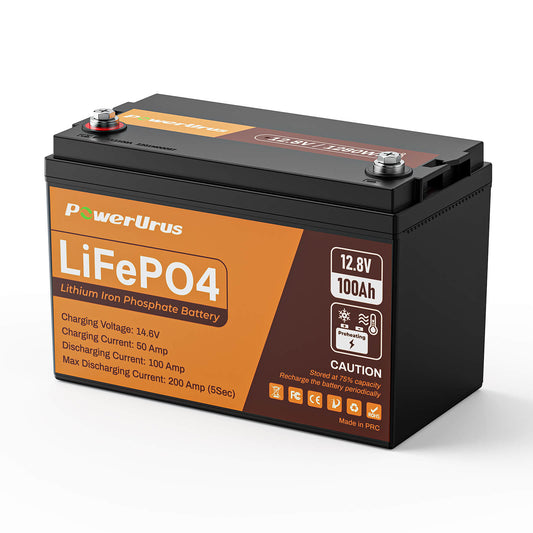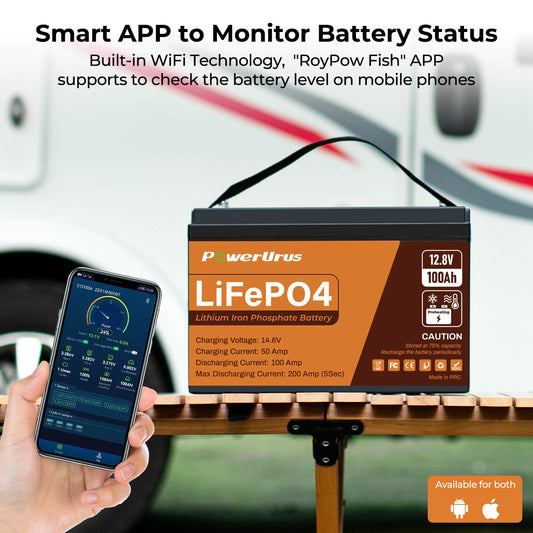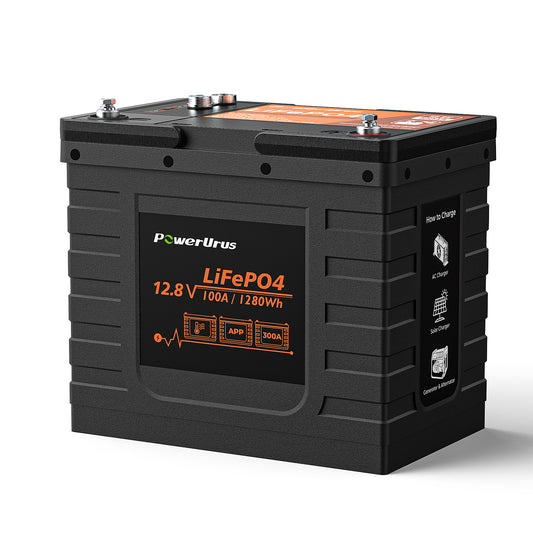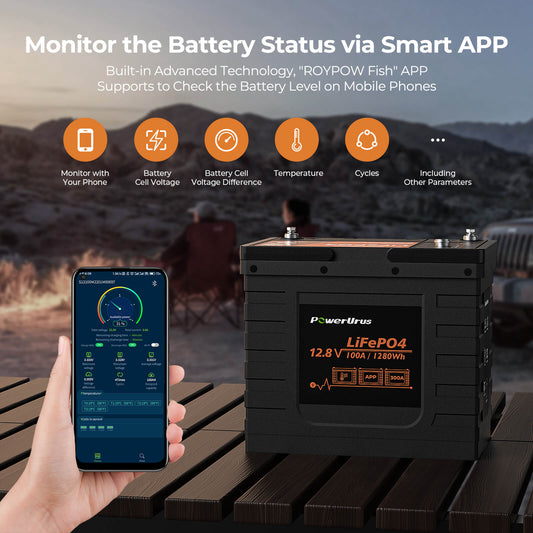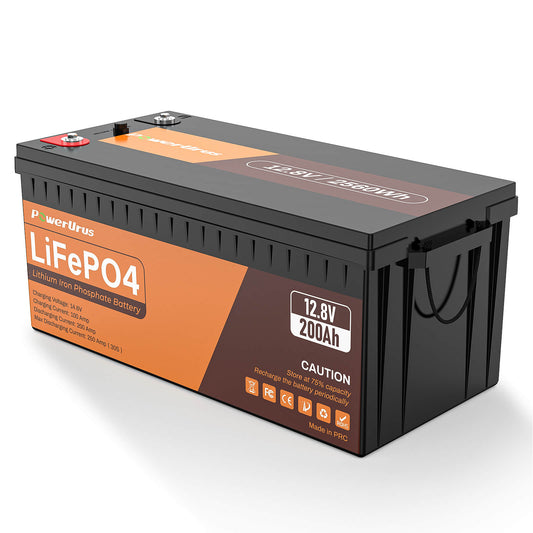Which Is Better: A 48-Volt or 36-Volt Golf Cart?
Choosing between a 48-volt and 36-volt golf cart depends on your needs, terrain, and budget. Here's a breakdown to help you decide:
Power & Performance
A 48V system delivers more torque and speed, excelling on hilly courses or when carrying heavy loads. It maintains consistent performance on inclines, reducing strain on components. A 36V cart works well for flat terrain and light use but may struggle with steep hills or frequent stops/starts.
Efficiency & Range
Higher voltage means 48V carts draw less current to achieve the same power, improving energy efficiency. This translates to longer battery life per charge and extended range—ideal for long rounds or larger properties.
Cost & Maintenance
36V carts are typically cheaper upfront, with lower initial costs for batteries and components. However, 48V systems are becoming the industry standard, offering better availability of parts and potential long-term savings through efficiency.
Use Case
Choose 36V if you play on flat courses, prioritize affordability, or use the cart casually. Opt for 48V if you tackle hilly terrain, need extra power for accessories (e.g., coolers), or value extended range and durability.
Final Verdict
For most golfers, a 48V cart's superior performance, efficiency, and future-proofing make it the better investment. However, 36V remains a budget-friendly option for casual, flat-ground use. Match your choice to your course's demands and usage frequency!

